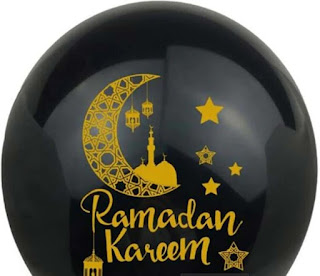The Criteria of Muslim Women Attiring
Muslim women's apparel has been under scrutiny recently, with some organisations arguing that limitations on their attire are oppressive to women, in particular. Certain features of Islamic clothing conventions, such as concealing the face in public, have even been sought to be outlawed in several European nations. There is a misperception about the reasoning for Islamic traditional Arabic clothing that has sparked this debate. Actually, modesty and the need to avoid drawing attention to one's personal appearance are at the root of the way Muslims dress. Most Muslims don't mind the constraints their faith places on their clothing, and many see it as a way to express their beliefs in a positive way.
Every area of life, especially public decency, is guided by Islamic principles. Islam does not have a set standard for how Muslims should dress or what they should wear, although there are certain minimum standards that Muslims must meet.
The Quran, which is regarded to be the word of Allah, and the Hadith—the traditions of the Prophet Muhammad, who acts as a human role model and guide—are the two sources of Islamic guidance and decisions.
To be clear, while people are at home with their family, the rules of attire are far more lenient than when they are out and about. Muslim women and men must adhere to the following standards when they are out in public, not only at home.
Firstly, the body must be covered in some way. In Islam, the first piece of advice explains which portions must be covered in public.
For the ladies: The body area between the navel and the knee should be covered at all times. However, it should be mentioned that exposing one's chest in a public setting would be considered inappropriate.
Secondly, a degree of looseness is required
According to Islamic law, one's clothing sets should be loose enough so that it does not draw attention to the body's form. For both sexes, it's best to avoid wearing anything too tight or constricting. Some ladies conceal their curves by donning a light cloak over their own attire when out in public.
Thickness is the last requirement
According to the Prophet Muhammad, people who are "clothed yet naked" will be found in the future. For both men and women, see-through clothing is inappropriate. So that neither the colour of the flesh it covers nor the figure beneath it can be discerned.
Overall appearance is the fourth requirement.
Dignified and understated are the best ways to portray oneself. Wearing too bright or dazzling clothes is discouraged, even if it legally meets these rules for exposing one's body.
Refusal to Imitate Other Religions: The Fifth Requirement
In Islam, it is encouraged to be proud of your identity. It's important for Muslims to dress and act like Muslims, not like members of other faiths. When it comes to fashion, women should embrace their femininity and not try to look like males in order to be accepted. Males ought to embrace their masculinity and not strive to emulate women's clothing. Male Muslims must avoid wearing gold or silk because they are considered feminine accessories by Muforslim women.

Comments
Post a Comment